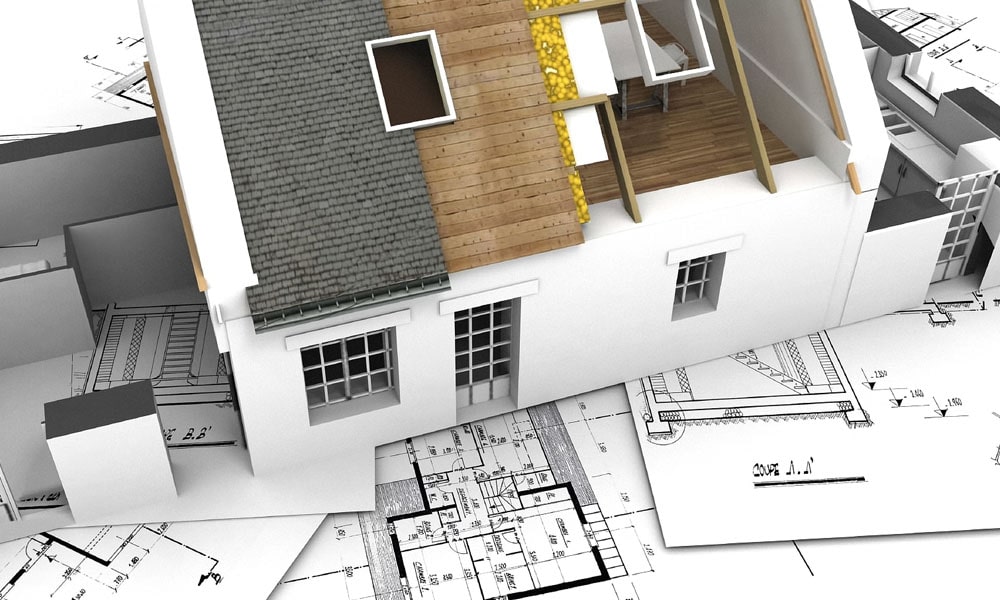Design-build services have revolutionized the landscape of commercial construction offering a comprehensive approach that integrates design and construction phases under a single entity. This collaborative model has gained widespread popularity due to its numerous advantages over traditional design-bid-build methods. In this article we will explore the benefits of design-build services and why they are preferred by many stakeholders in the construction industry.
Streamlined Communication and Collaboration
One of the primary advantages of design-build services is the streamlined communication and collaboration it facilitates. By having a single point of contact responsible for both design and construction aspects, project stakeholders can avoid the inefficiencies and delays often associated with managing multiple parties.
Advantages of Having a Single Point of Contact
With design-build clients interact with a unified team throughout the project lifecycle eliminating the need to coordinate between separate design and construction teams. This simplifies decision-making processes and ensures that project goals are aligned from inception to completion.
Enhanced Teamwork and Collaboration
Design-build fosters a culture of teamwork and collaboration among architects’ engineer’s contractors and subcontractors. By involving all stakeholders early in the process design-build projects benefit from collective expertise and innovative problem-solving leading to better outcomes for clients.
Cost and Time Savings
Design-build services offer significant cost and time savings compared to traditional construction methods. By combining the design and construction phases into a single contract design-build projects can proceed more efficiently resulting in reduced project timelines and overall costs.
Elimination of Bid Phase
Unlike the design-bid-build approach where contractors bid on completed designs design-build projects commence with a collaborative design phase followed by construction. This eliminates the time-consuming and often costly bidding process allowing projects to move forward more quickly.
Faster Project Delivery
With design-build construction can begin even as the design phase progresses leading to overlapping activities and accelerated project schedules. This fast-tracking approach enables earlier project completion reducing downtime and maximizing return on investment for clients.
Potential for Cost Reductions
By involving contractors in the design phase design-build projects benefit from their valuable input on constructability materials and cost saving measures. This early collaboration can result in optimized designs that minimize waste and maximize efficiency ultimately saving clients’ money.
Quality Control and Accountability
Design build promotes greater quality control and accountability by consolidating responsibility within a single entity. This unified approach ensures that all project team members are aligned with the client’s vision and accountable for delivering high quality results.
Unified Responsibility
In design-build projects the design builder assumes responsibility for both design and construction eliminating potential finger-pointing between separate entities. This unified responsibility fosters a culture of accountability and ensures that any issues are promptly addressed to maintain project quality.
Continuous Monitoring and Feedback Loops
Design-build projects benefit from continuous monitoring and feedback loops throughout the design and construction phases. This proactive approach allows for early identification of potential issues and prompt resolution minimizing disruptions and ensuring project quality standards are met.
Innovative Solutions and Flexibility
Design-build offers greater flexibility and opportunities for innovation compared to traditional construction methods. By integrating design and construction expertise design-build teams can develop creative solutions that meet clients’ evolving needs and budget constraints.
Integrated Design and Construction
Design-build encourages integrated design and construction processes allowing for seamless collaboration between architect’s engineers and contractors. This integrated approach fosters innovation and enables the exploration of alternative design solutions that may not be feasible in a traditional project delivery method.
Adaptive to Changes
Design-build projects are inherently more flexible and adaptive to changes than traditional construction methods. With all project team members working collaboratively adjustments can be made quickly and efficiently to accommodate evolving requirements or unexpected challenges minimizing disruptions and delays.
Risk Mitigation
Design-build projects are inherently less risky than traditional construction methods due to their proactive approach to risk management. By involving all stakeholders early in the process and fostering open communication design-build projects can identify and mitigate potential risks before they escalate.
Early Identification and Resolution of Issues
With design-build potential issues are identified and addressed early in the project lifecycle reducing the likelihood of costly delays or disputes later on. By leveraging the collective expertise of the project team design-build projects can anticipate challenges and develop proactive solutions to mitigate risks.
Minimized Disputes
The collaborative nature of design-build projects helps minimize disputes between project team members. By working together towards common goals and maintaining open lines of communication design-build teams can resolve conflicts quickly and amicably keeping projects on track and within budget.
Client Satisfaction and Feedback
Design-build projects prioritize client satisfaction by involving them actively throughout the project lifecycle. By encouraging client input and feedback at every stage design-build team can ensure that the final product meets or exceeds the client’s expectations.
Increased Client Involvement
Design-build projects offer clients greater involvement in the decision-making process allowing them to provide input on design choices materials selection and project milestones. This increased client engagement fosters a sense of ownership and ensures that the final product aligns with their vision and objectives.
Enhanced Satisfaction and Trust
By delivering projects on time within budget and to the client’s specifications design-build teams build trust and credibility with their clients. This enhanced satisfaction often leads to repeat business and referrals, further solidifying the reputation of design-build as a preferred project delivery method.


